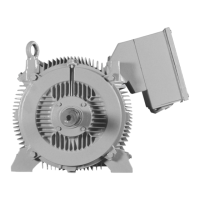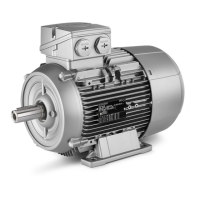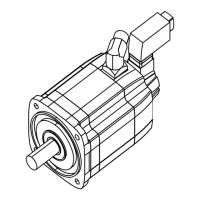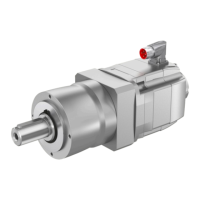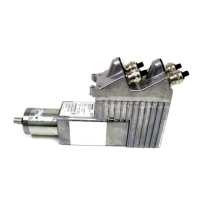Functions
2.20 Auxiliary Functions
SIPROTEC, 7SK80, Manual
E50417-G1140-C344-A5, Release date 11.2012
267
yet be carried out at a tripping current of 10 kA. The characteristic is determined by two vertices and their con-
necting line. Point P1 is determined by the number of permitted operating cycles at rated operating current Ir,
point P2 by the maximum number of operating cycles at rated fault tripping current Isc. The associated four
values can be configured.
Figure 2-102 Diagram of operating cycles for the 2P procedure
As Figure 2-102 illustrates a double-log diagram, the straight line between P1 and P2 can be expressed by the
following exponential function:
n = b·I
b
m
where n is the number of operating cycles, b the operating cycles at I
b
= 1A, I
b
the tripping current, and m the
directional coefficient.
The general line equation for the double-logarithmic representation can be derived from the exponential func-
tion and leads to the coefficients b and m.
Note
Since a directional coefficient of m < -4 is technically irrelevant, but could theoretically be the result of incorrect
settings, it is limited to -4. If a coefficient is smaller than -4, the exponential function in the operating cycles
diagram is deactivated. The maximum number of operating cycles with Isc (263 OP.CYCLES Isc) is used
instead as the calculation result for the current number of operating cycles, see Figure 2-103.

